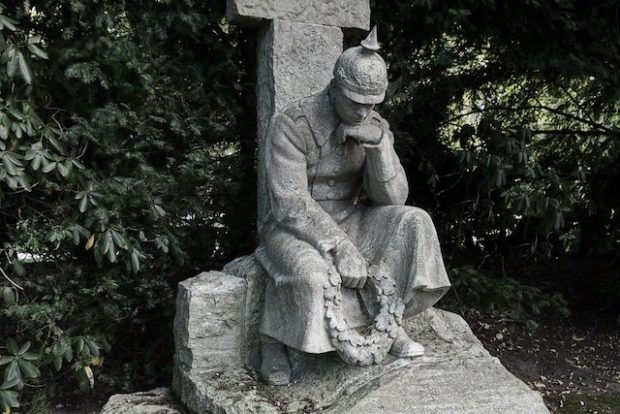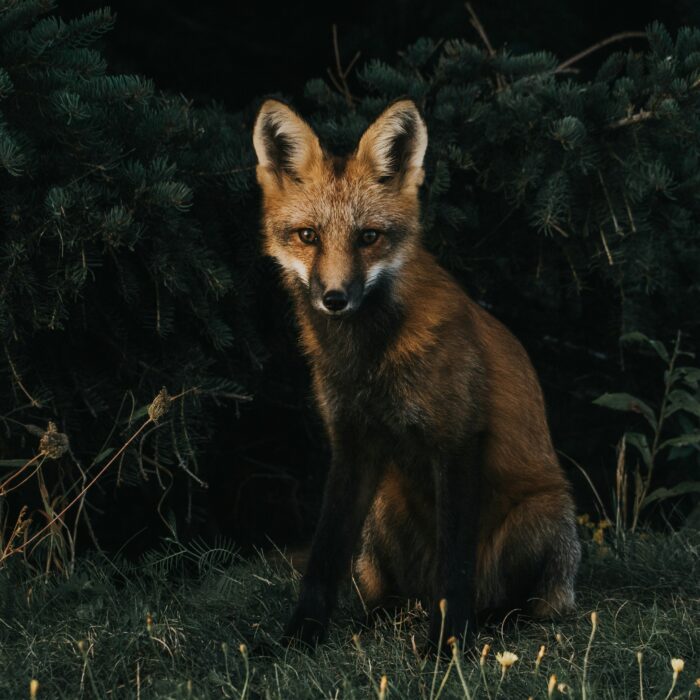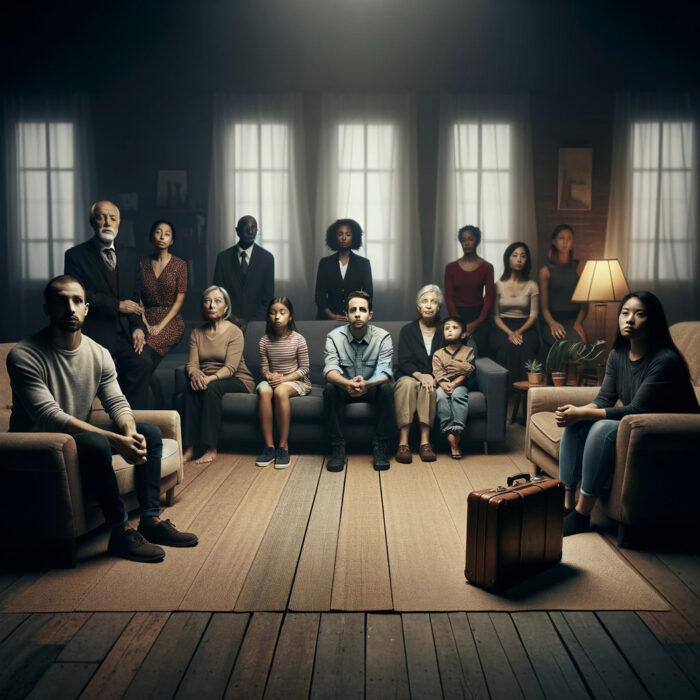You have no items in your cart. Want to get some nice things?
Go shopping
For this installment of A Flash of Inspiration, we’re featuring “Death and Life at Ypres, October 1917,” a story that originally ran in Litro on July 17, 2020. Author Sonny Tsiopani does a masterful job of creating a somber atmosphere that reflects the brutality of WWI. His rich imagery of rain and mud underscores the indifference of the natural world to the soldiers struggling to survive the horrors of war: “The only thing worse than living in mud was dying in it.” The story is gripping and heartbreaking in its honesty.
CAH: How long have you been writing flash fiction? Do you write in other genres? Do you find that you return to certain themes in your writing repeatedly?
ST: My first earnest attempt at flash fiction was in my final year of university. I wasn’t aware that such a thing existed until then, and once I dove in I found I loved the challenge of producing something powerful yet succinct. Writing had always been exciting but harnessing the power of each word, and strictly whittling of everything unnecessary to produce refined yet poignant pieces using as few words as possible — that’s what got me hooked. Since then I have wholly embraced both flash fiction and longer form writing with genres ranging from sci-fi, to romance, to Westerns. Common themes revolve around time and its passage which often leads me to the entropic domain of life and death, and the very meaning of what it is to be human.
CAH: What inspired you to write “Death and Life at Ypres, October 1917”? Does the story have any autobiographical elements?
ST: I was raised in rural Ireland, in the west, which is an elemental place to say the least. The weather is similar to Ypres in that you can have weeks upon weeks of solid rain. When I’m working outside I listen to podcasts, my favorite being Dan Carlin’s Hardcore History. It was his description of the battle of Passchendaele that inspired the story.
CAH: The story is obviously steeped in the history of WWI. What kind of research did you do to achieve such authenticity?
ST: So Dan Carlin covers WWI in its entirety, spanning from the political conditions that caused Gavrilo Princip to assassinate Archduke Franz Ferdinand, all the way to the German surrender in November 1918 in a series called Blueprint for Armageddon, which is thirty hours long divided into six podcast episodes. His visceral coverage of Ypres helped me paint the perfect picture in my mind’s eye.

CAH: I’m curious about the title of the piece, the inversion of the natural life cycle of life before death in it. How do you see it functioning in terms of the overall execution of the story?
ST: I deliberated for quite some time over precisely this question and came to this conclusion. The only inevitability of life is death, and there is so much death in war. Death, despair, and desolation are all images that I conjure when I think of a battlefield, but overall the story is about humanity and that is what I wanted to convey in the title. The inversion symbolizes that there is more than just death and destruction at play but also the chance for hope and redemption. I felt like I could achieve this with a simple rearrangement of the expected order of the life cycle, the positive of life and the negative of death, by inverting them and thus having the positive follow the negative much like the course of the story.
CAH: Where do you turn for creative inspiration? Which artists have most inspired your own work? What books are on your nightstand?
ST: I was raised on a diet of fantasy books but as I grew older I transitioned into science fiction, namely the works Phillip K. Dick and Isaac Asimov, both of which focus heavily on the themes of reality, humanity, and time in its myriad flow. They still occupy a space on my shelf but nowadays I’m inspired by the likes of Martin Amis and Don Delillo, who focus less on plot but make each and every page a siloed masterpiece of its own.
CAH: What are you working on now?
ST: At the start of lockdown I sat down to write a short story, and then I just didn’t stop writing. Needless to say, it turned into a much longer story! And so as we speak, I’m editing the second draft of my first novel which falls loosely into the genre of modern romance.




